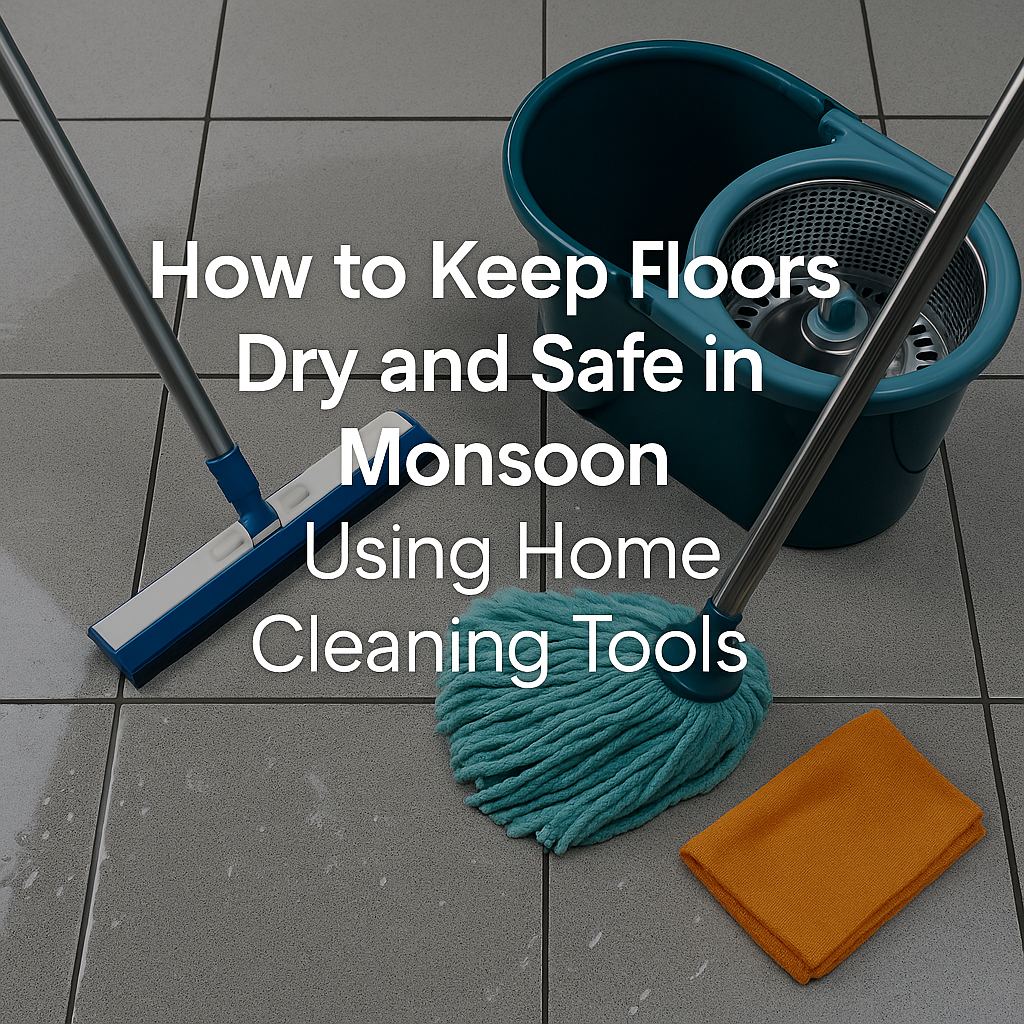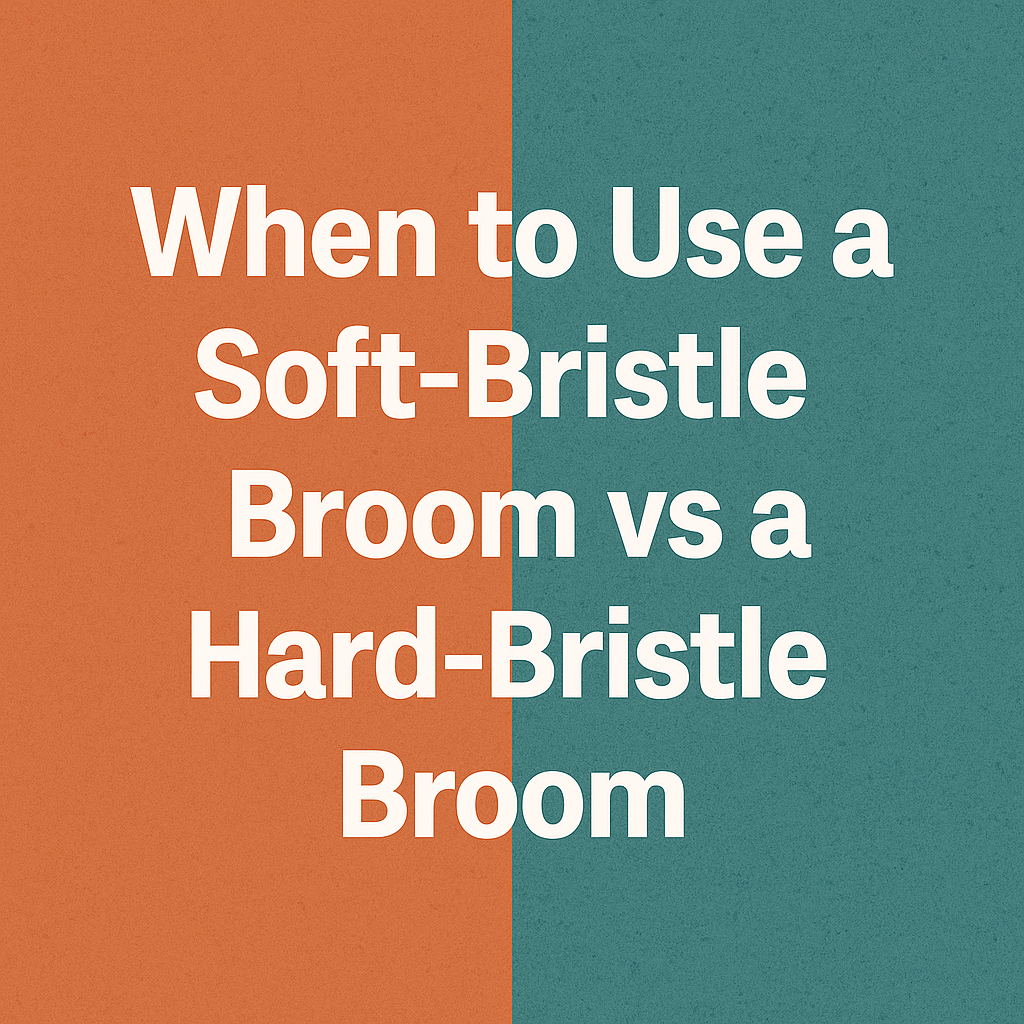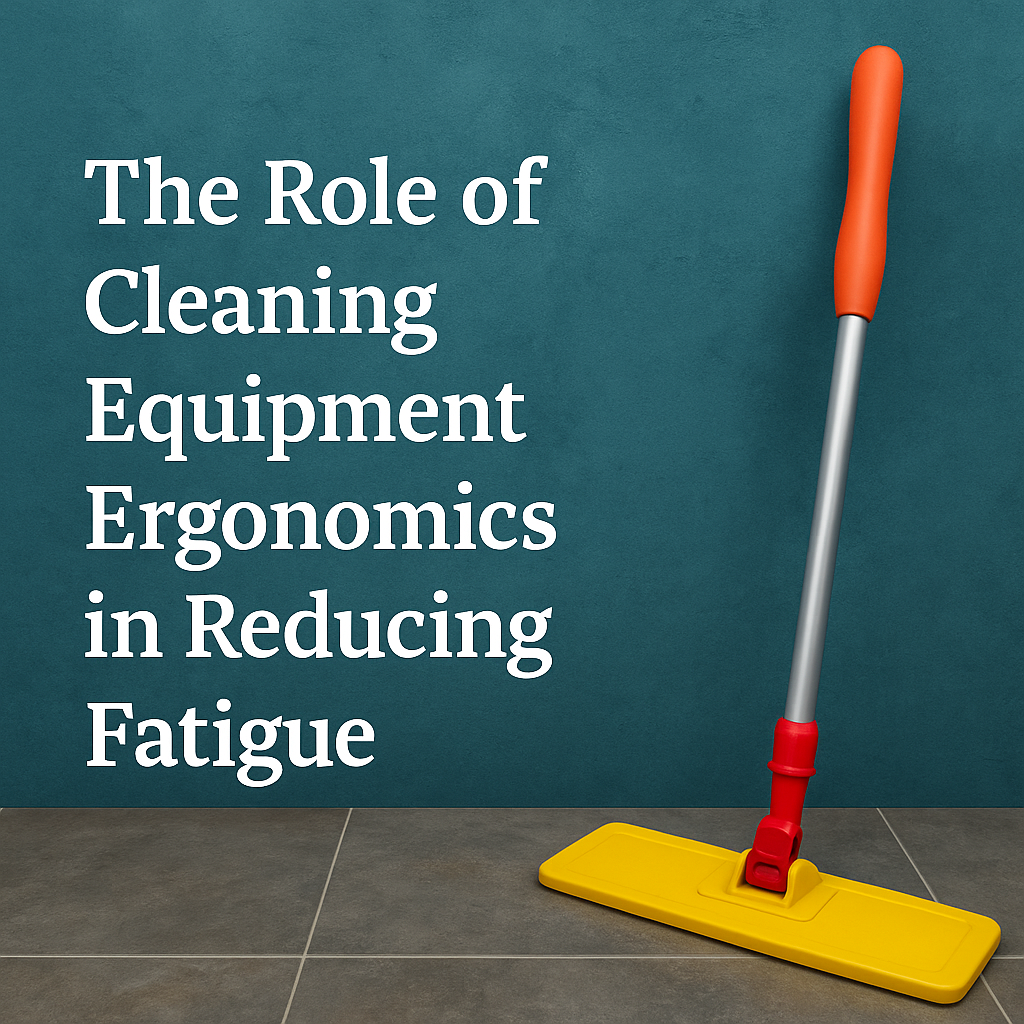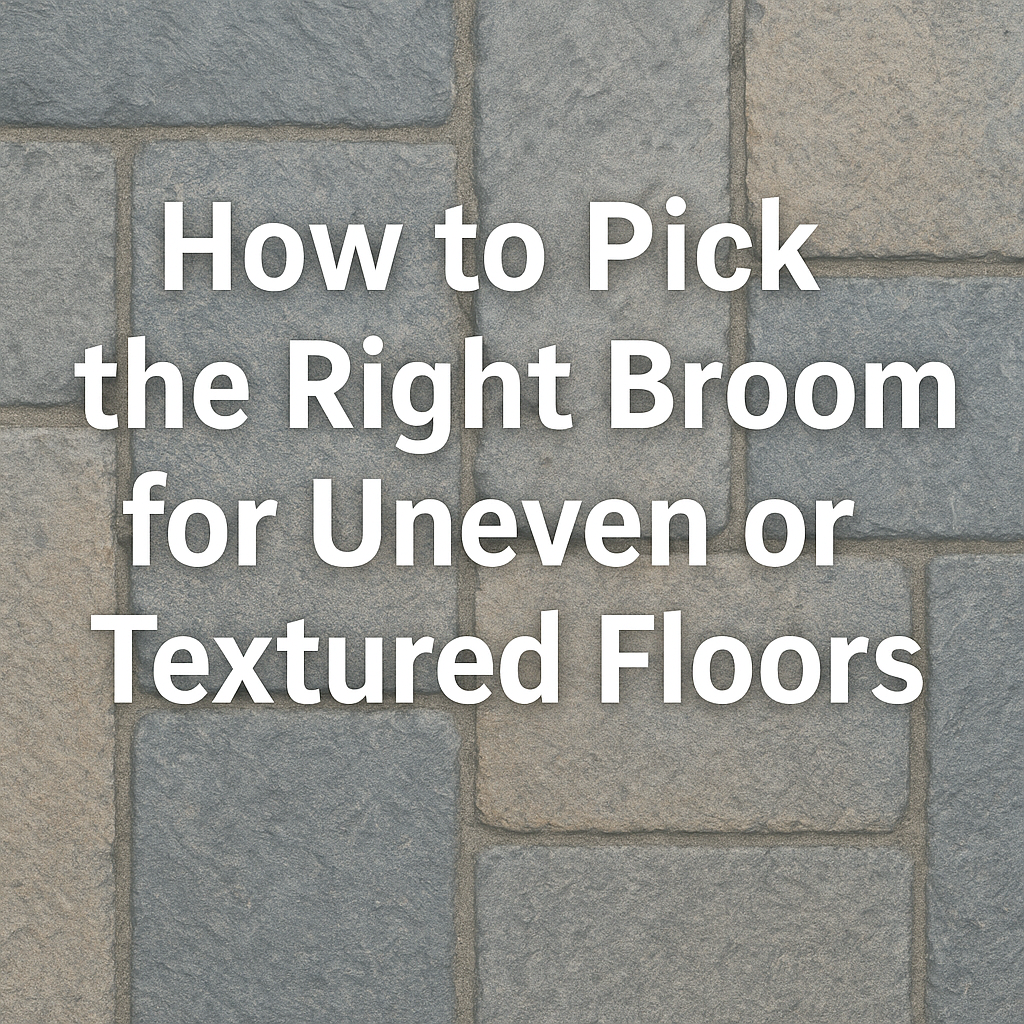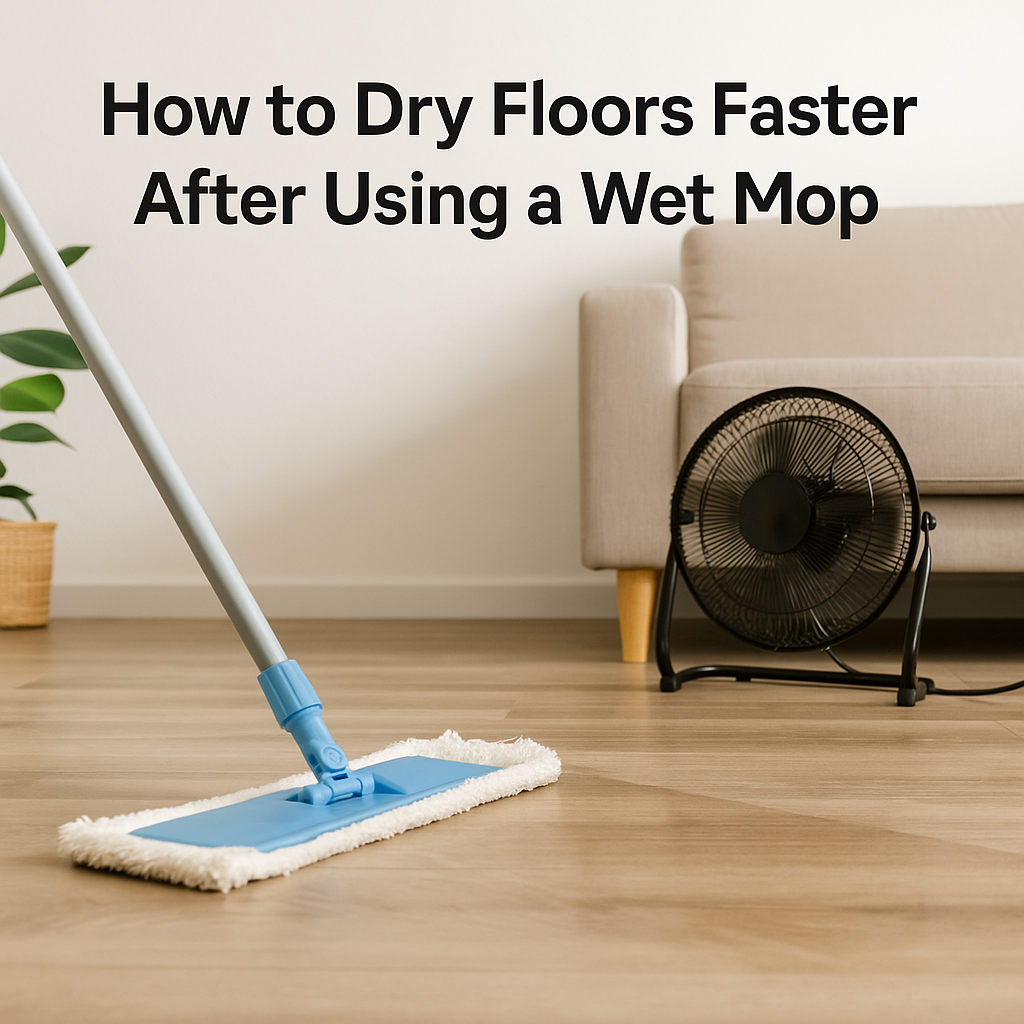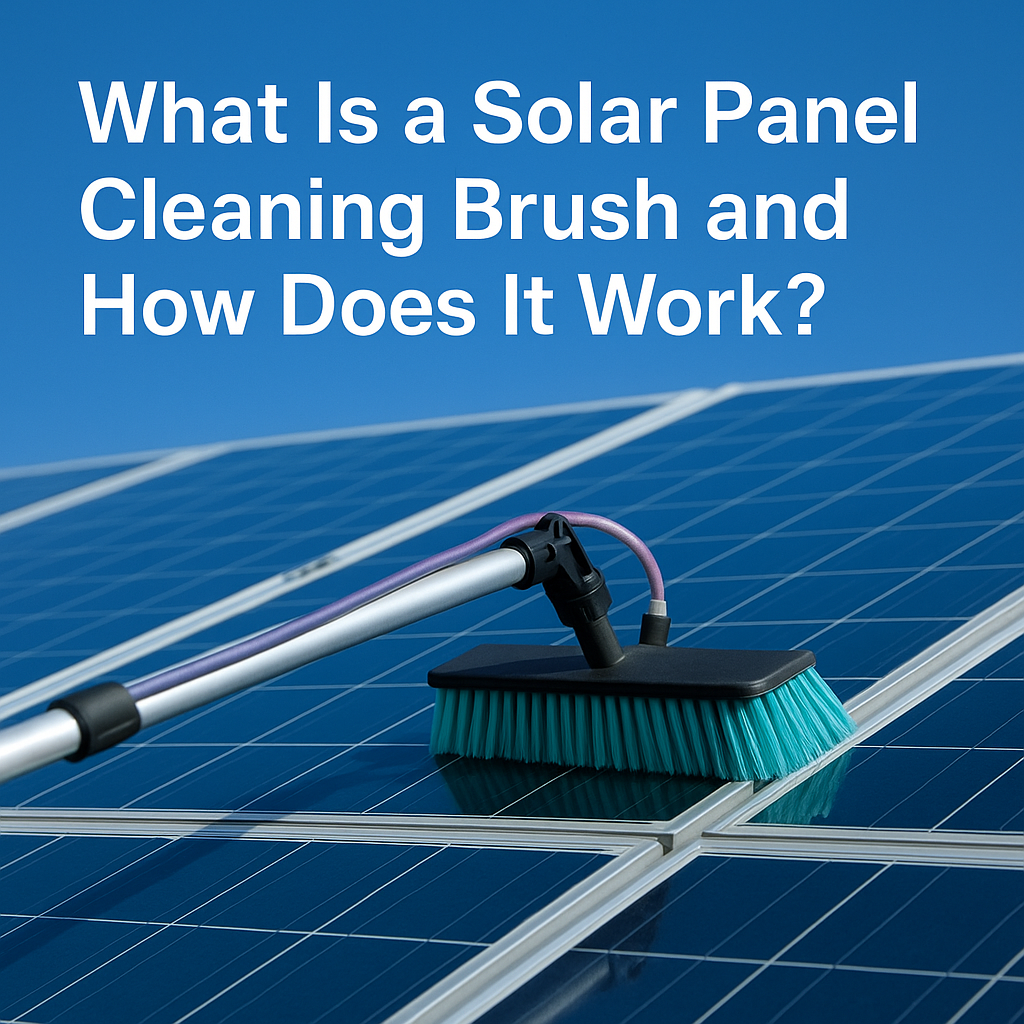Rainy season often brings cool weather and fresh air, but inside the home, it brings a different challenge—wet and slippery floors. From muddy shoes and dripping umbrellas to moisture seeping through windows, the mess seems to build up fast. Without proper care, floors not only become dirty but also dangerous.
Slips, falls, mold, and stains are more common during this time. If your home includes kids, elderly family members, or pets, keeping the floor dry becomes an everyday task. Thankfully, this can be handled easily with the right home cleaning tools and simple habits.
Let’s look at how to keep your floors clean, dry, and safe during the monsoon season using practical tools and a little daily care.
Why Floors Get Messy and Slippery in Monsoon
When it rains, water enters the house in many ways. It clings to shoes, umbrellas, clothes, and even pets. Doors and windows may have small gaps that let water leak through. Humid air adds to the moisture indoors, especially when clothes are drying inside.
All this moisture doesn’t dry up on its own. Instead, it settles on floors, corners, and under furniture. If it stays there too long, it leads to slippery surfaces, mold growth, and an unhealthy smell.
That’s why it’s important not only to clean floors but to dry them properly. Using the right home cleaning tools makes this easier and more effective.
Keeping Floors Dry with Microfiber Mops
One of the most effective tools for cleaning during the rainy season is a microfiber mop. Microfiber absorbs more water than cotton and doesn’t leave behind streaks or moisture. This makes it ideal for cleaning wet floors quickly.
When paired with a bucket that includes a spin wringer, the mop becomes even more efficient. It allows you to wring out excess water with ease, keeping your hands clean and dry. You can clean large spaces in less time and still get a near-dry finish on the floor.
These mops also work well on various floor types, including marble, tile, and cement. Because the mop head is soft and flat, it easily reaches under sofas, beds, and around tight corners—places where water often hides during the rainy season.
Using a microfiber mop once or twice a day during monsoon helps keep the home clean, safe, and presentable.
Controlling Water Flow with a Floor Wiper
Sometimes, especially after heavy rain or when someone walks in with soaked shoes, there is too much water on the floor. This is when a floor wiper is the better tool to start with.
Floor wipers have long handles and rubber blades that push water toward the drain or out of the room. Unlike a mop, which absorbs water, the wiper simply moves it away from walking areas, making the space safer in seconds.
Wipers are especially useful in bathrooms, kitchens, balconies, and entrance areas where water collects quickly. You can also use them before mopping to reduce the water load on your mop and cut down drying time.
For best results, use the wiper immediately after any spill or when water starts gathering on the floor.
Cleaning Wet Corners with Microfiber Cloths
During monsoon, not all water ends up on the floor. Sometimes windows, door frames, or kitchen slabs get wet too. In such cases, microfiber cleaning cloths are very handy.
These cloths are great at soaking up water and picking up fine dirt. They’re soft, easy to use, and can clean wet surfaces quickly without scratching them. You can use them to wipe shelves, furniture edges, switches, and even to dry up small puddles near the walls.
They’re especially useful near entryways, under windows, and around leaking corners. Keeping a few cloths in different parts of the home allows you to respond quickly to small wet spots before they grow into bigger problems.
These cloths dry fast and are reusable. You can rinse them after each use and hang them up to dry for next time.
How to Use Zidello’s Cleaning Tools Together for Best Results
Using just one tool isn’t always enough. Monsoon cleaning is easier when you use Zidello’s tools in a smart combination.
Start with the floor wiper when you notice a large amount of water on the floor. Push the water toward the drain or out of the room. Once the water is mostly gone, use the microfiber mop to clean up remaining moisture and dirt. For extra stubborn marks or wet spots near walls or corners, wipe them off with Zidello’s microfiber cloths.
Repeat this process once or twice daily, especially in the early morning and evening when the house feels most humid. If you have pets or kids, you may want to do a quick mop in the afternoon too.
Also, make sure to rinse your mop and cloths well and hang them to dry after each use. Clean tools give better results and last longer.
Habits That Help Keep the House Dry
Besides using cleaning tools, changing a few small habits can also keep your home much drier.
One helpful habit is placing a towel or cloth near the entrance for drying umbrellas or shoes. Asking guests and family to remove footwear outside prevents mud and water from entering. Shoes can carry a surprising amount of moisture, even when they don’t look wet.
Another good habit is closing windows during heavy rain and checking for any leaks. Even a small gap near a window can allow water to enter slowly and collect unnoticed.
If you dry clothes inside, avoid placing wet clothes directly on the floor. Use a drying rack or hooks, and keep water from dripping onto tiles.
Also, never ignore small puddles or damp spots. Cleaning up immediately prevents long-term damage to floors and walls and avoids the risk of slipping.
Mistakes to Avoid During Rainy Season Cleaning
During monsoon, using too much water while cleaning is one of the biggest mistakes. Over-wetting the floor makes drying take longer and increases the chance of slipping. Instead, use a well-wrung mop and wipe only with the amount of moisture needed.
Another mistake is not washing cleaning tools regularly. Dirty mops or cloths can start to smell or even spread bacteria. Rinse mops and cloths well after each use, and hang them to dry properly.
It’s also important not to use floor detergent in large quantities. Too much cleaner can leave a sticky or slippery layer on tiles. Use the recommended amount and rinse properly.
Don’t leave wet towels or clothes on the floor. They trap moisture underneath, and that area may start smelling or grow fungus.
Final Tip: Store Your Cleaning Tools the Right Way
Even after cleaning, if your tools remain wet or dirty, they will smell or become unusable over time. Always rinse and dry them properly. Store your mop and wiper standing upright, and hang cloths where they can air dry fully.
This keeps your tools ready for the next use and increases their life.
Keep Your Floors Safe and Dry This Monsoon
Monsoon doesn’t have to turn your house into a mess. By using the right home cleaning tools like microfiber mops, strong floor wipers, and absorbent cloths, you can manage moisture and mess easily, even on the rainiest days.
These simple, affordable tools can help you avoid slippery surfaces, protect your floors, and keep your living space fresh and clean.
To get started, explore the cleaning tools available at Zidello. Their range of quality mops, wipers, and cloths are perfect for daily use during the monsoon season. Whether you live in an apartment or a house, these tools can help make your rainy days safer and more manageable.
Visit Zidello today to get your monsoon cleaning essentials—all in one place.


